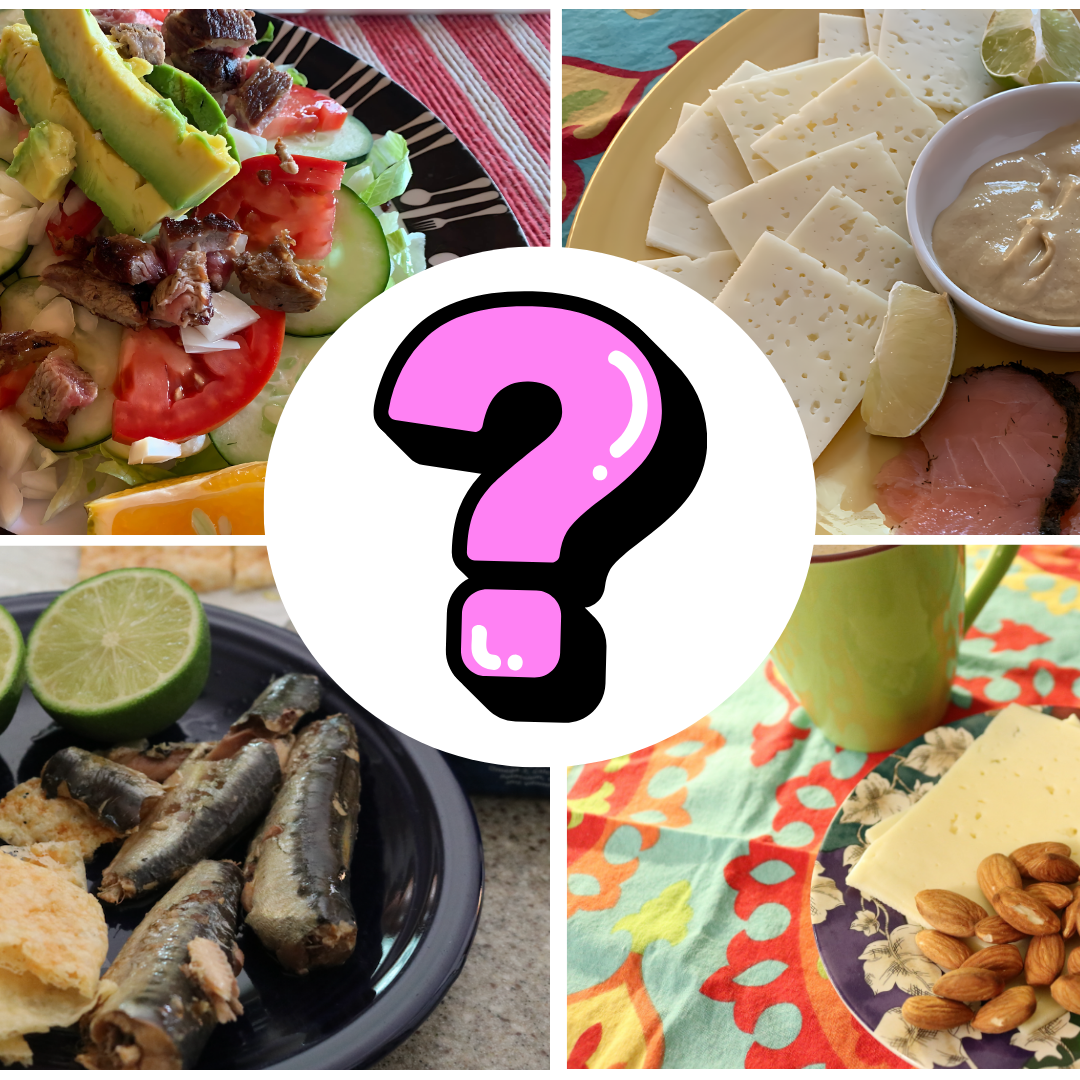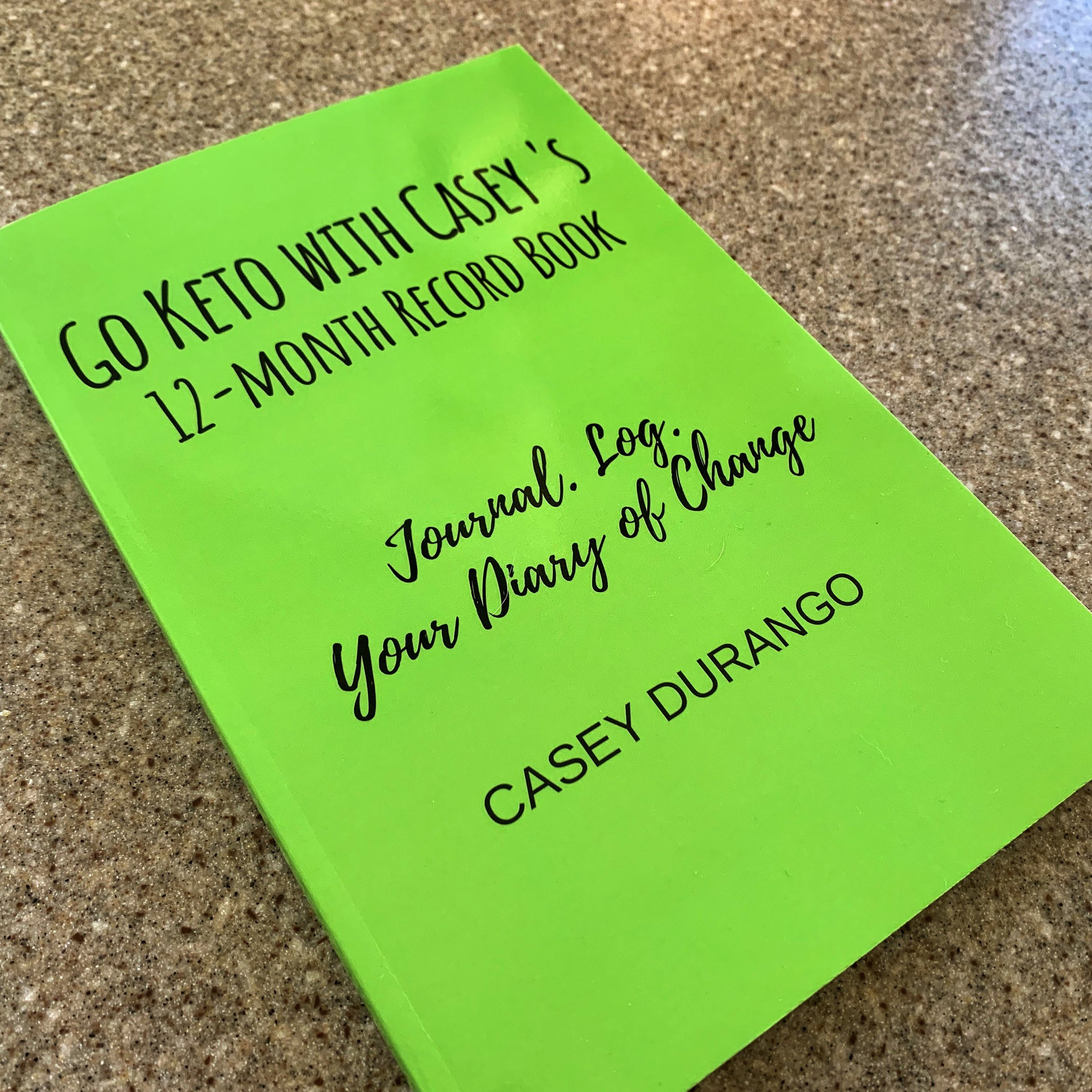Alternatives to Laying Off the Carbs?
/Weight Loss Fluctuations (12.8.2025 to 12.14.2025)
It is apparently a characteristic of the human experience that once there is an idea of practice that may help with this or improve that, make a task easier, or lead us to more efficient work—whatever—we manage to separate into factions, defining how that idea, practice, improvement, or suggestion, if we want to really get it right. "Yes, making the blue widgets makes great sense, but why not aquamarine widgets? … What? You think turquoise widgets work better? No way. Turquoise is not as good as aquamarine. C'mon, everyone who thinks aquamarine is the best way to go. Let's hang out together over here in this camp. Let all those misguided tortoise-lovers delude themselves. Team Aquamarine, all the way!!"
Everything from religion to politics to music to how to grow a vegetable garden to whether dogs or cats make the best pets gets picked apart until we're left with a jumble of micro-biases, leaving things more confused rather than more refined. And when it comes to how to fuel our bodies best, few things are more tribal.
It's not enough to lay off carbs. One must eat only meat. Eating merely plant-based is a cop out: vegan is the only honorable path. Carnivore, but you still eat fish? Loser! The Only True Way is to live off only beef, water, and salt.
Oh, brother.
Many roads can lead to the same destination. And when the destination is feeling better, improved health, staying off (or coming off) medications, and losing weight, the lane we travel is different than that of those around us. The concept that there's one answer for the 8+ billion people across the planet is ridiculous. Honestly. Ridiculous.
We may prefer being told exactly what to eat, when to eat, how much to eat, how many glasses of water to drink, and … you get the idea … but we need to look to ourselves and away from the social media groups, promoters, and so-called influencers. And it's vital that we stop looking to those voices that are telling us what we want to hear. ("Try the new sugar diet! It's low-fat and comes in all your favorite flavors!"/s) No one ever went broke selling us ideas that we really, reallywant to be true. It's the job of advertisers and food manufacturers to hawk wares. It's our job to get a grip and be honest with ourselves.
So, what alternatives are there to laying off the carbs? There are plenty. I've tried most of them. The ketogenic protocol has worked a treat. It has also helped many others get where they want to be. For others, hitting the gym every day while following a plant-based diet fits their needs. Still others are happy as clams as pescatarians, on the Mediterranean Diet, or on counting Weight Watchers points.
Whatever floats your boat (or reduces your bloat) is what's best for you. Again, ask yourself: Eight billion people = one way to go? Piffle.
Listen to your body. Tweak as needed, which I'm still doing. Find your path, then follow it. You might want to put on blinders because there is a crazy amount of noise out there. And little of it is geared toward your best interests. Be your own advocate, your own coach, your own expert.
If I can do this, you can do this. I promise.
Disclaimer: I’m not a medical doctor, researcher, or Ph.D., but instead, I’ve been fortunate to have had the time and resources to research the #ketogenic, or ‘#keto’ diet. The information I share is based solely on my understanding of that research. We are all responsible for our own choices, including what we put in our mouths, and there’s no substitute for each of us checking things out ourselves. And I’m not a medical professional in any way. Go Keto With Casey is not a medical site. “Duh,” you might say. But best to make it clear to all. I welcome questions, comments, and even civil criticism. I’m still learning. So, if you have something to add, go for it. Links in this post and all others may direct you to affiliate links, where I will receive a small amount of the purchase price of any items you buy through those links. Thanks!







